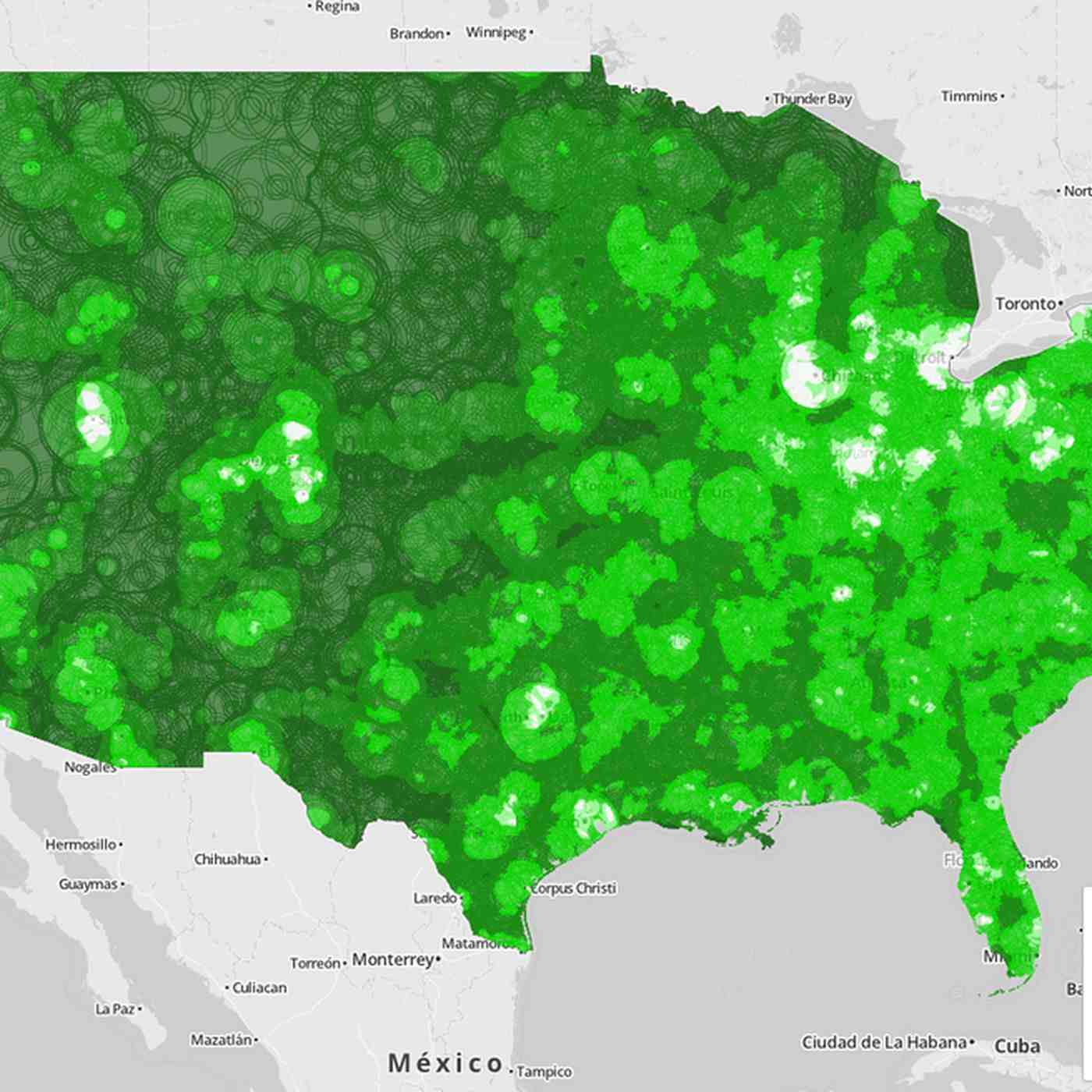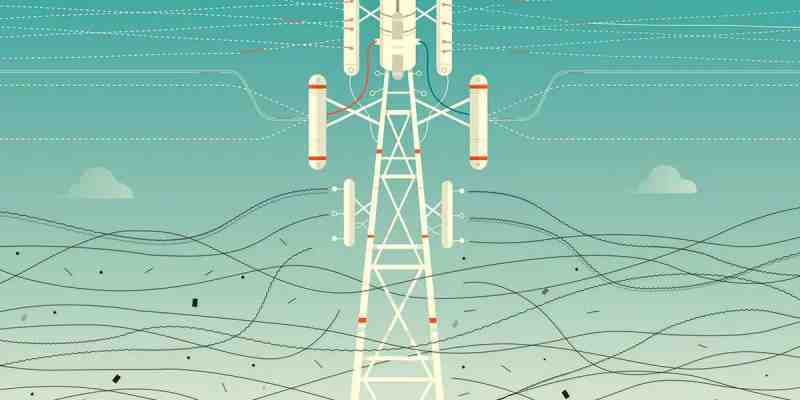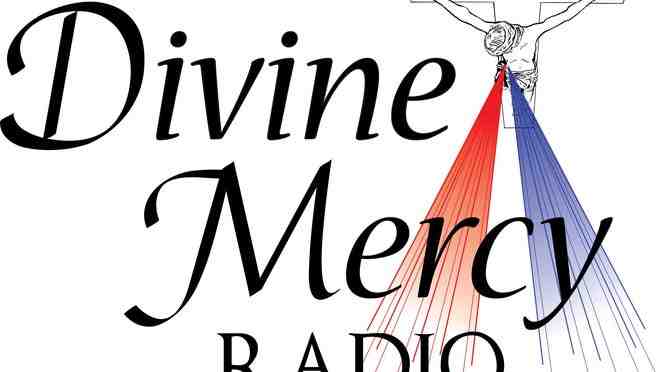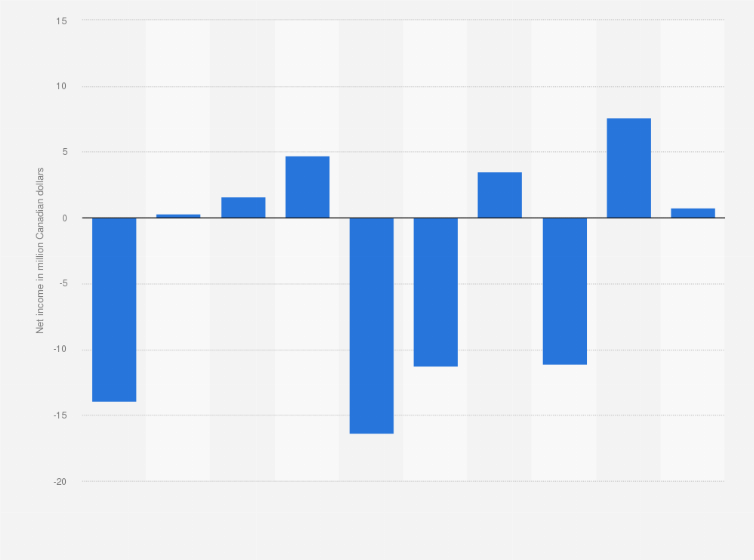Who owns a community radio station?

These two radios are owned and controlled by their respective communities. Community members are responsible for maintaining the radios to control programming, funding, and channels.
Who owns the local radio?
How is community radio funded?
The Community Radio Fund is managed by Ofcom with funding from the Department of Digital, Culture, Media and Sport (DCMS). It has been in operation since 2005.
Is community radio a nonprofit?
They have the management, ownership and influence of the communities that serve community radio. They are generally non-profit and provide a mechanism for individuals, groups, and communities to tell their stories, share experiences, and, in a media-rich world, become media creators and contributors.
How are non profit radio stations funded?
Typically, NPR member stations receive funding through aerial commitment collections, corporate season tickets, state and local government, educational institutions, and the Federal Broadcasting for Public Broadcasting (CPB) Corporation.
Who can set up community radio?
An organization wishing to operate a Community Radio Station (CRS) must comply with and comply with the following principles: to serve the local community.
Can anyone broadcast on the radio?
It is illegal to operate and broadcast a radio station without the permission of the relevant authorities.
How do you start a community radio station?
Really, this is all:
- Create a radio group in your community, and be ready to formalize / incorporate it into a social enterprise or charity.
- Provide premises, resources and technical equipment.
- Do the training, do temporary “RSL” broadcasts and start showing your ability and value.
How many radio channels are there?

As of December 2018, there are more than 369 private radio stations operating in more than 101 cities and towns across India. Government of India All India Radio has about 450 FM channels covering 39% of the area and 52% of the Indian population.
How many channels are on the radio? On average commercial radio offers 2 to 16 channels, usually more than enough for most hand-to-hand operations. Major radio stations, such as those used by fire and police departments, can have 256 different channels.
How many channels are there in FM?
In the Americas (defined as the 2nd region of the International Telecommunication Union (ITU)), the FM broadcasting band consists of 101 channels, each with a bandwidth of 200 kHz, with a frequency range of 87.8 to 108.0 MHz, “medium frequencies” 87 .9 Mhz and 87.9 Mhz. 107.9 MHz.
What is a Clear Channel radio station?

The clean channel station is a North American AM radio station that has the most protection against interference from other stations, especially with regard to the propagation of night sky waves.
Is Clear Channel the largest radio owner in the country? and iHeartMedia and Entertainment, Inc. subsidiary (formerly Clear Channel Broadcasting, Inc.); The company has more than 850 full-power AM and FM radios in the United States, and is the largest radio owner in the country. … In the past, the company also participated in live events and outdoor advertising.
What percentage of radio stations does Clear Channel own?
U.S. radio and television have grown stronger in the last 10 years than newspapers or television. Clear Channel Communications, Cumulus Media Inc., Disney, Emmis, Entercom Communications, and Viacom account for 18 percent of all U.S. radio stations.
Who does Clear Channel own?
How much of the radio does Clear Channel own?
With a complete relaxation of the law’s property limits, Clear Channel now has 1,225 radio stations in 300 cities and dominates the audience share in 100 of the 112 major markets. Its closest competitors – CBS and ABC, media giants in themselves – have only one-fifth of the channels.
What is clear channel music?
Clear Channel Media and Entertainment offers music, news, talks, sports, and other content to a variety of audiences across a variety of platforms, including: broadcast channels; online, via iHeartRadio and hundreds of its channels; HD digital radio channels; satellite; smartphones; iPads and other tablets; in -…
How do non-commercial radio stations make money?

Radio stations do not charge listeners for the product they create and distribute. Instead, they take advantage of the ads they sell, the special events they hold, the syndication of their most popular shows, and, in some cases, the special services they can provide to other radio stations.
Do non-profit radio stations pay a fee? So once you get paid and you get the rights to make compositions in the air and in your stream. But broadcasters do not pay for airtime rights for the use of copyright in sound recording.
Are radio stations still profitable?
According to the latest available data, only 12 percent of radio stations surveyed in 2021 reported that they were showing profits, almost half of the 2000 figure.
How profitable is owning a radio station?
How Much Money Can a Radio Make? The exact performance of your radio station will, of course, depend on the cost of programming and the number of advertisers from the size of the audience. However, the country’s most popular local radio stations are able to earn more than $ 60 million a year in advertising.
Is radio a dying industry?
Traditional AM / FM radio still exists, but with a smaller audience. The graph below, taken from the Statista online statistics site, shows the average daily use of daily media in the US over the past four years. The use of radio, indicated by the green trend line, has steadily declined.
How do radio stations generate income?
The Community Radio Fund is managed by Ofcom with funding from the Department of Digital, Culture, Media and Sport (DCMS). It has been in operation since 2005.4
Can you make money with an internet radio station?
The Community Radio Fund is managed by Ofcom with funding from the Department of Digital, Culture, Media and Sport (DCMS). It has been in operation since 2005.5
How do radio station make their money?
The Community Radio Fund is managed by Ofcom with funding from the Department of Digital, Culture, Media and Sport (DCMS). It has been in operation since 2005.6